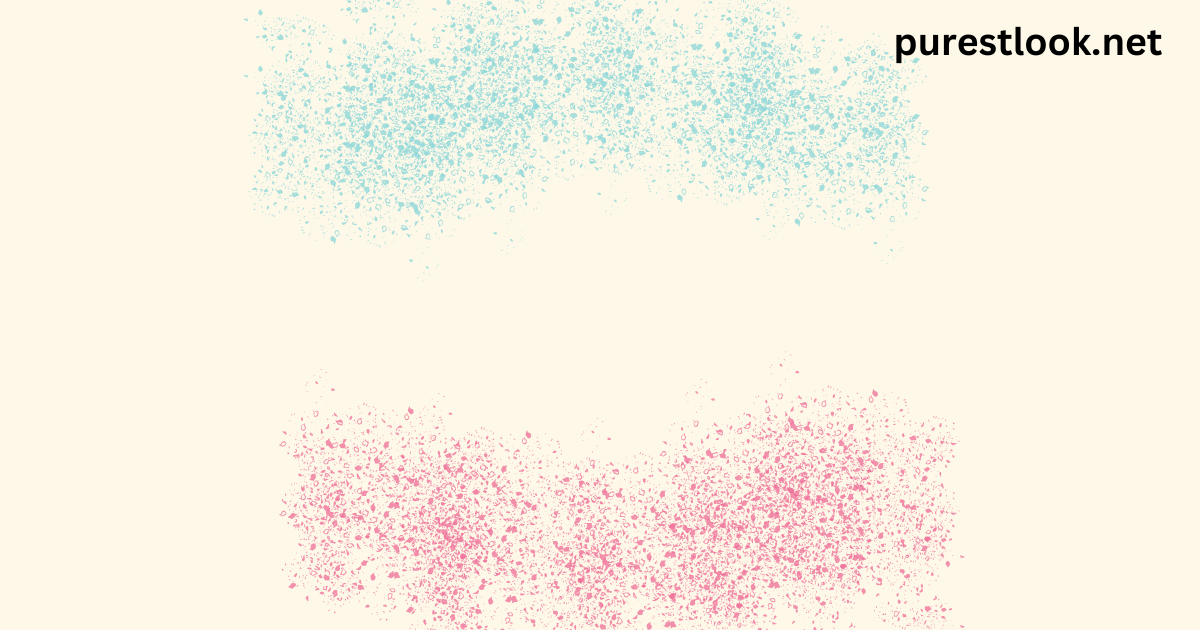Creating a dusty effect with spray paint is a versatile technique in art and DIY projects. Whether you’re designing props, enhancing a rustic look, or adding texture to a surface, mastering this skill can transform your creations. This article explains the process, provides step-by-step instructions, and answers common questions to help you achieve a convincing dusty effect.
What is the Dusty Look in Spray Painting?
The dusty look in spray painting refers to a textured, powdery finish that mimics the appearance of settled dust on a surface. It’s often used in artistic projects, stage props, or decor to create a weathered or aged look.
Materials Needed for Dust-Like Spray Paint Effects
- Spray paint in desired colors
- Matte or satin finish sealant
- Drop cloth or protective covering
- Masking tape
- Paper towels or a soft cloth
- Gloves and a mask for safety
| Material | Purpose |
|---|---|
| Spray Paint | Base color and dusty effect creation |
| Matte/Satin Sealant | Preserves and protects the finish |
| Masking Tape | Defines edges and prevents overspray |
How to Prepare the Surface for Spray Painting
Preparation is crucial for achieving a smooth and realistic effect.
Clean the Surface
Ensure the area is clean and free of dirt or grease. Use a damp cloth to wipe it down and let it dry completely.
Mask Off Areas
Cover parts you don’t want painted using masking tape or plastic sheeting.
Prime if Necessary
If the surface is porous, apply a primer to ensure the paint adheres properly.
Techniques to Make Spray Paint Look Like Dust
Creating the dust effect involves specific spraying methods.
Light Dusting Technique
Hold the spray can about 12-18 inches from the surface. Apply a light mist by spraying in short bursts. Move your hand quickly for an uneven, natural look.
Layering Colors
Use two or more shades of spray paint to add depth. Apply a darker base color, then lightly spray a lighter shade on top for a dusty finish.
| Technique | Details |
|---|---|
| Light Dusting | Quick, light sprays from a distance |
| Layering Colors | Combines shades for realistic depth |
Tips for Achieving Realistic Dust Effects
- Use matte spray paint for a more natural look.
- Avoid over-spraying; less is more for this effect.
- Practice on a scrap surface before painting the actual piece.
Common Mistakes to Avoid
- Applying too much paint at once.
- Using glossy paint, which defeats the dusty look.
- Ignoring surface preparation, leading to uneven finishes.
Conclusion
Mastering the art of making spray paint look like dust is a valuable skill for various creative projects. By using the right techniques, materials, and tips provided here, you can achieve a professional and realistic dusty finish. Whether it’s for decor, art, or practical applications, this effect is sure to elevate your creations.
FAQs
How do I make spray paint look like dust?
Hold the spray can far from the surface, spray lightly, and use matte paint for a powdery finish. Layer colors for added depth.
What type of spray paint works best for a dusty effect?
Matte or satin finishes are ideal as they mimic the natural look of dust.
Can I use multiple colors for a dusty effect?
Yes, layering light and dark shades enhances the texture and depth of the effect.
How do I seal a dusty spray paint finish?
Use a matte or satin sealant to preserve the look without adding shine.
What surfaces work best for dusty spray painting?
Wood, metal, and plastic surfaces hold the effect well when properly primed.
